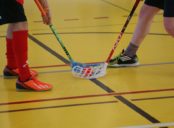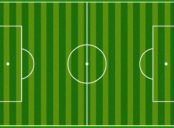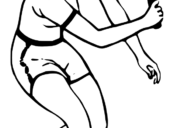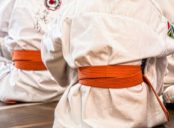Curling Paralympics Final: A Comprehensive Overview of the Sport

Curling Paralympics Final: The Ultimate Showcase of Athleticism and Skill
Introduction:

Curling Paralympics Final is an exhilarating event that showcases the skills and competitive spirit of athletes with disabilities. In this article, we will delve into the world of curling for disabled athletes, exploring its various types, the popularity it has gained over the years, and the significant differences that exist within the sport. Join us on this journey as we explore the history, statistics, and advantages and disadvantages of different curling Paralympics finals.
Understanding Curling Paralympics Final
Curling Paralympics Final is a highly specialized form of curling, designed to cater to athletes with physical disabilities. Just like its able-bodied counterpart, it involves teams of players sliding stones on an ice sheet towards a target area. The objective is to place the stones as close as possible to the center, called the ”the house.”
There are various types of curling Paralympics finals, each classified according to the specific disabilities of the athletes. These can include wheelchair curling, for athletes with lower limb disabilities, and stick curling, which accommodates those with limited upper body mobility. These variations allow participants with different abilities to compete on an equal playing field, enhancing inclusivity in the sport.
The Popularity and Global Reach of Curling Paralympics Final
Over the years, curling Paralympics finals have gained immense popularity, capturing the attention of sports enthusiasts worldwide. Its focus on skill and strategy, combined with the inspiring stories of athletes overcoming physical challenges, has made it a beloved event in the Paralympic Games.
The sport has a strong following in countries like Canada, Great Britain, and Sweden, where it enjoys significant media coverage and dedicated fan bases. The excitement and tension of a curling Paralympics final draw viewers from all walks of life, who are captivated by the precision and grace with which the athletes compete.
Quantifying Success: Statistical Insights into Curling Paralympics Final
Quantitative measurements play a crucial role in assessing the performance and outcomes of curling Paralympics finals. Key metrics such as stone placement accuracy, overall team score, and time taken for plays are used to evaluate the skill and strategy employed by athletes.
The statistics also shed light on the winning streaks and records set in curling Paralympics finals. These numbers provide a deeper understanding of the strategies and techniques that lead to victory, offering valuable insights to both athletes and spectators.
Highlighting the Differences: The Diverse World of Curling Paralympics Finals
Curling Paralympics finals are not homogenous events; rather, they encompass a wide array of variations that cater to different disabilities. Each variation has its own set of rules, equipment, and tactical considerations, making it unique and challenging in its own right.
Wheelchair curling, for example, involves players propelling themselves using special wheelchairs and releasing the stone by hand. This requires precise coordination and balance while considering the added challenge of maneuvering on the ice.
Stick curling, on the other hand, allows players with limited upper body mobility to use extended delivery sticks to release the stones. This variation enables athletes to participate actively by overcoming physical limitations, contributing to the diversity and inclusivity of curling Paralympics finals.
Navigating the Historical Advantages and Disadvantages of Curling Paralympics Finals
Throughout history, curling Paralympics finals have undergone numerous changes and advancements, both in terms of accessibility and rules. These changes aim to create a fair and rewarding sporting experience for athletes with disabilities, while also addressing the specific challenges they face.
Advantages, such as the development of wheelchair-friendly ice rinks and specialized equipment, have significantly improved the accessibility of curling for disabled athletes. These advancements have allowed more individuals to participate, contributing to the growth and popularity of the sport.
However, there are also challenges that come with the evolution of the sport. The delicate balance between physical accessibility and maintaining the competitive nature of the game requires careful consideration. Striking this balance ensures that curling Paralympics finals remain a true test of skill and strategy while facilitating wider participation.
Conclusion:
Curling Paralympics Final is an awe-inspiring event, bringing together athletes with disabilities from around the world to showcase their remarkable skills and determination. This comprehensive overview has provided insights into the different variations, statistical measurements, and historical developments within the sport. As the reach and popularity of curling Paralympics finals continue to expand, so too does the platform it provides for disabled athletes to inspire and thrive.





















